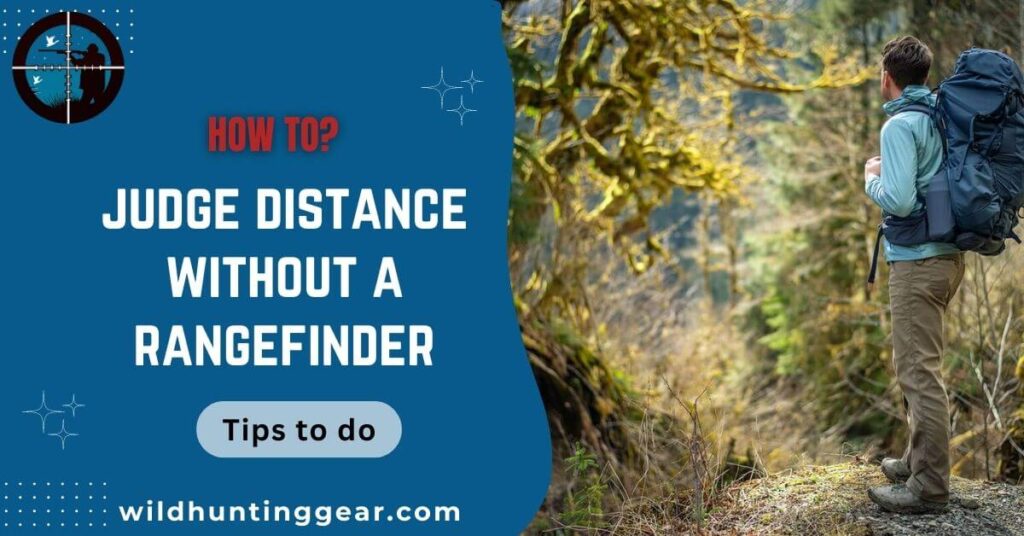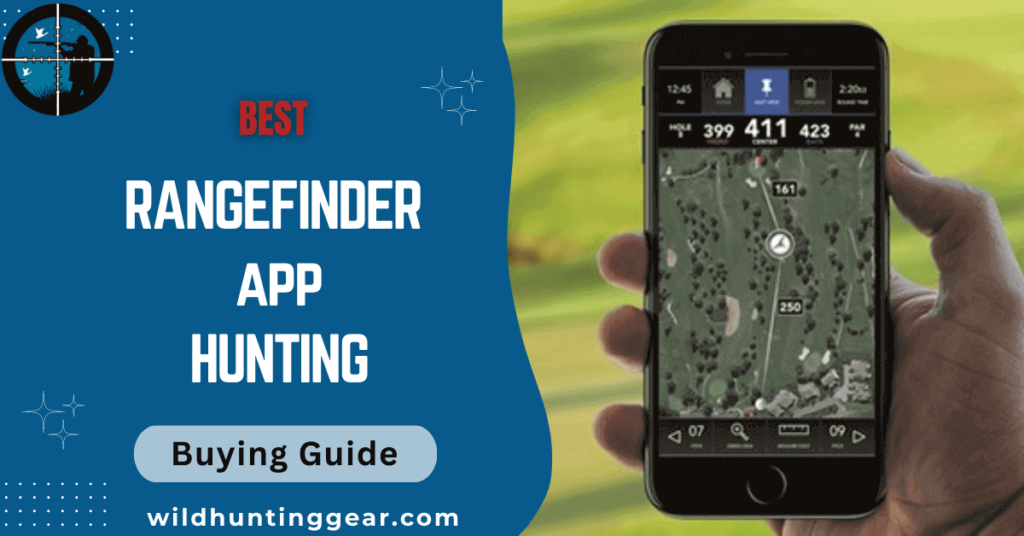Rangefinders are optical devices used to measure the distance between you and a specified target. They are valuable tools for activities such as golf, hunting and photography, as they provide users with accurate distance measurements.
Despite their usefulness, there are moments when a rangefinder might not be available or practical. That’s why developing the skill to judge distance without a rangefinder can be a significant asset.
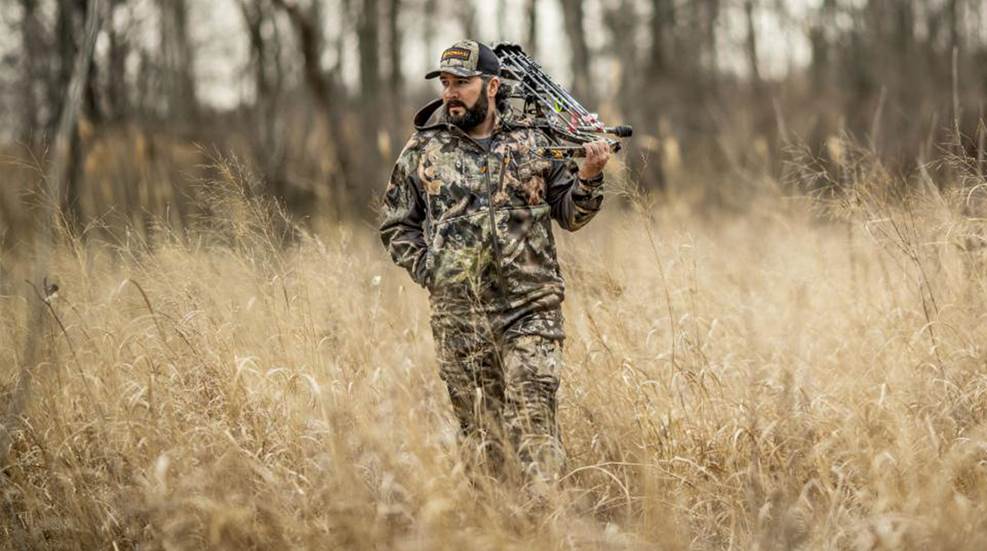
How To Judge Distance Without a Rangefinder
Having a keen sense of distance is crucial for a variety of situations. In sports like golf, being able to judge distance accurately can significantly improve your shot accuracy. For hunters, appropriately estimating range plays a vital role in taking a clean, ethical shot at the target. Distance perception is also essential in photography, as it helps to frame and compose shots effectively.
Judging Distance Without a Rangefinder
1) The 20-yard Addition Method
While it’s true that rangefinders provide precise measurements, there are several practical techniques that can help improve your ability to judge distances without relying on technology:
One common method involves estimating distances in increments of 20 yards. Visualize what 20 yards looks like on a flat surface and add these increments mentally between you and your target. This method works best on even terrain and with a clear line of sight.
2) Using Familiar Objects as Reference Points
Identify ordinary objects around you that have a known size, such as cars, trees, or buildings. You can use these familiar objects to estimate the distance to your target based on their proportions. This method can be especially helpful in urban environments or other areas with recognizable objects.
3) Estimating the Size of the Target
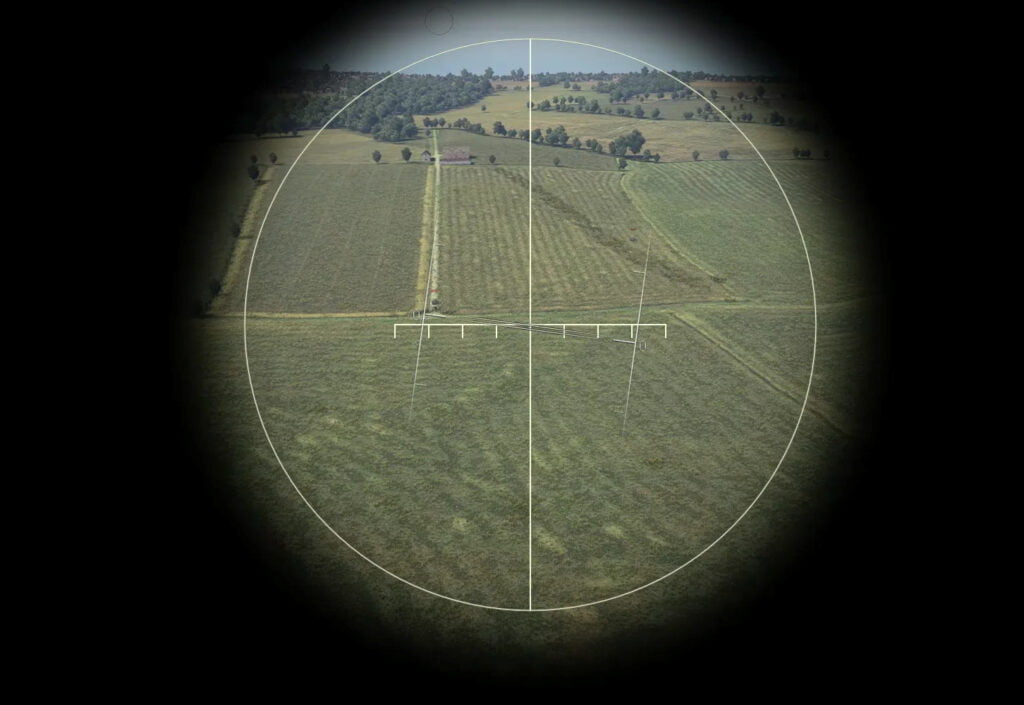
Make an educated guess about the size of your target and compare it to its apparent size at a given distance. This method can be made more accurate with practice and experience, as you become better at estimating sizes and comparing them to known distances.
4) Using the Terrain to Your Advantage
Certain features in the landscape can act as natural range markers. Rivers, treelines and fence lines often follow topographic contours, which can give you a sense of distance based on your familiarity with that particular terrain.
5) Calculating Distance with Sound
Sound can also be used to estimate distances, especially in situations where visibility is poor. This method is based on the speed of sound, which travels at approximately 1125 feet per second (or about 343 meters) in dry air at sea level. If you know the time it takes for a sound to reach you after the event that caused the sound occurred, you can calculate the distance.
For instance, if you see a flash of lightning and then hear the thunder 5 seconds later, the storm is roughly 1 mile (or about 1.6 kilometers) away. Remember that this method is dependent on the type of sound and atmospheric conditions and will be less accurate the further away the sound source is.
6) Estimating Distance with the Sun
Estimating distance with the sun, also known as celestial navigation, is an ancient method that remains effective today, especially for long distances. Here’s how you can use it:
1) Sun’s Angle
The angle of the sun above the horizon changes predictably throughout the day. By knowing the exact time and the sun’s angle, you can judge distance. However, this method needs prior knowledge and experience to be accurate.
2) Shadow-Tip Method
This simple method involves using the length of a shadow and the height of the object casting the shadow. According to the principles of geometry, as the sun moves across the sky, the shadows it casts change proportionally in length. This method works best around noon when the sun is at its highest point in the sky and shadows are at their shortest.
To use this method, stand a stick upright in the ground and mark the end of its shadow. Wait 15 minutes, then mark the end of the shadow again. The distance between the two marks is approximately 100 yards.
Please note that the shadow-tip method’s reliability can be affected by various factors, such as the time of year, the geographical location and the local weather conditions. Therefore, it’s important to practice and understand the limitations of this technique.
Challenges of Judging Distance Without a Rangefinder
- Inaccurate Estimations: Despite best efforts, estimations without a rangefinder might not always be accurate. This can be due to several factors such as poor visibility, unfamiliarity with the terrain, or difficulty in judging the size of distant targets accurately.
- Impact of Weather Conditions: Weather conditions like fog, rain, or bright sunlight can distort perceptions and make judging distance more challenging.
- Difficulty in Judging Slope Distances: Estimating distances on a slope can be more complex than on flat terrain, as the incline or decline can affect the perception of distance.
- Requires Practice and Experience: Judging distance without a rangefinder requires experience and practice. It takes time to develop a keen sense of distance perception, especially in varying terrains and conditions.
- Inefficiency in Time-sensitive Situations: In situations where time is of the essence, such as competitive sports or wildlife photography, estimating distances manually may not be as efficient as using a rangefinder.
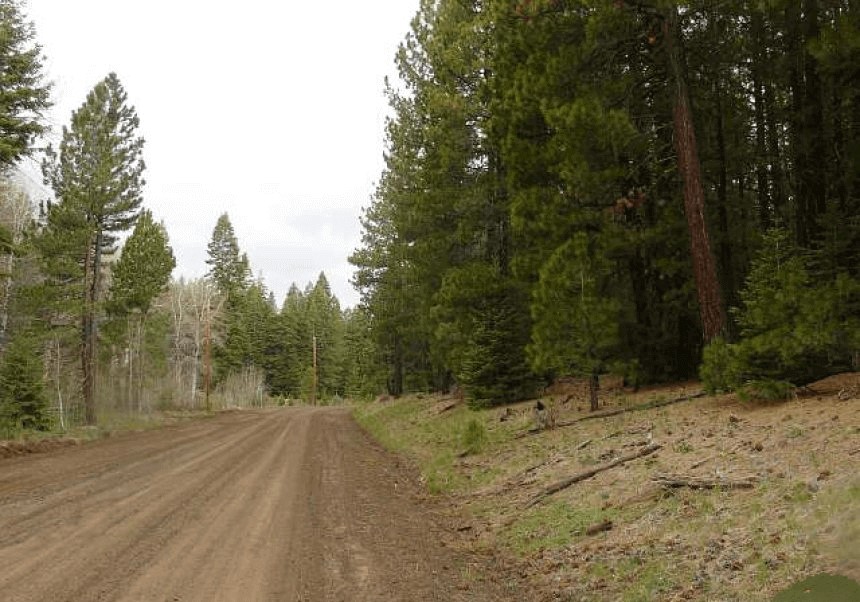
Tips for Improving Your Accuracy
Here are some additional tips for improving your accuracy when judging distance without a rangefinder:
● Practice Regularly: Just like any other skill, practice makes perfect. Dedicate some time each day to practice your distance estimation skills. Start by estimating distances in familiar environments and gradually progress to more challenging terrains.
● Use a Combination of Techniques: Do not rely on just one method for judging distance. Instead, use a combination of different techniques mentioned earlier. The more techniques you use, the more likely your estimation is to be accurate.
● Gain Experience in Different Environments: Experience in various environments, such as urban, woodland and open fields, can significantly improve your accuracy. Each environment poses its own unique challenges and the more variety you expose yourself to, the better you’ll be at adapting to different situations.
● Train Your Eye: Train your eye to recognize distances. For example, you can learn to judge the distance of a particular object or location by comparing it to the length of a football field, which is universally recognized as 100 yards.
● Learn from Your Mistakes: Each time you make an incorrect distance estimation, take it as an opportunity to learn. Understand where you went wrong and how you can improve. This will help you make better estimations in the future.
● Get a Second Opinion: If possible, get a second opinion on your distance estimation. You can do this by comparing your estimation with someone else’s or by using a rangefinder after making your estimation. This can provide valuable feedback and help you refine your skills.
Wrap up:
To conclude, judging distance without a rangefinder can be tricky, but with the right knowledge and skills it can be mastered. Take advantage of any practice rounds you may have to get used to estimating distances from markers like sprinklers and trees. Pay attention to local course maps for any extra information on distance measurements that might give you a competitive edge in your golf or hunting game.
Ultimately, the key is to get an understanding of the terrain you play on so that you can make more accurate estimates of how far away the pin is without a rangefinder. With that knowledge, you too will be able to judge distances confidently and accurately just like the pros!
